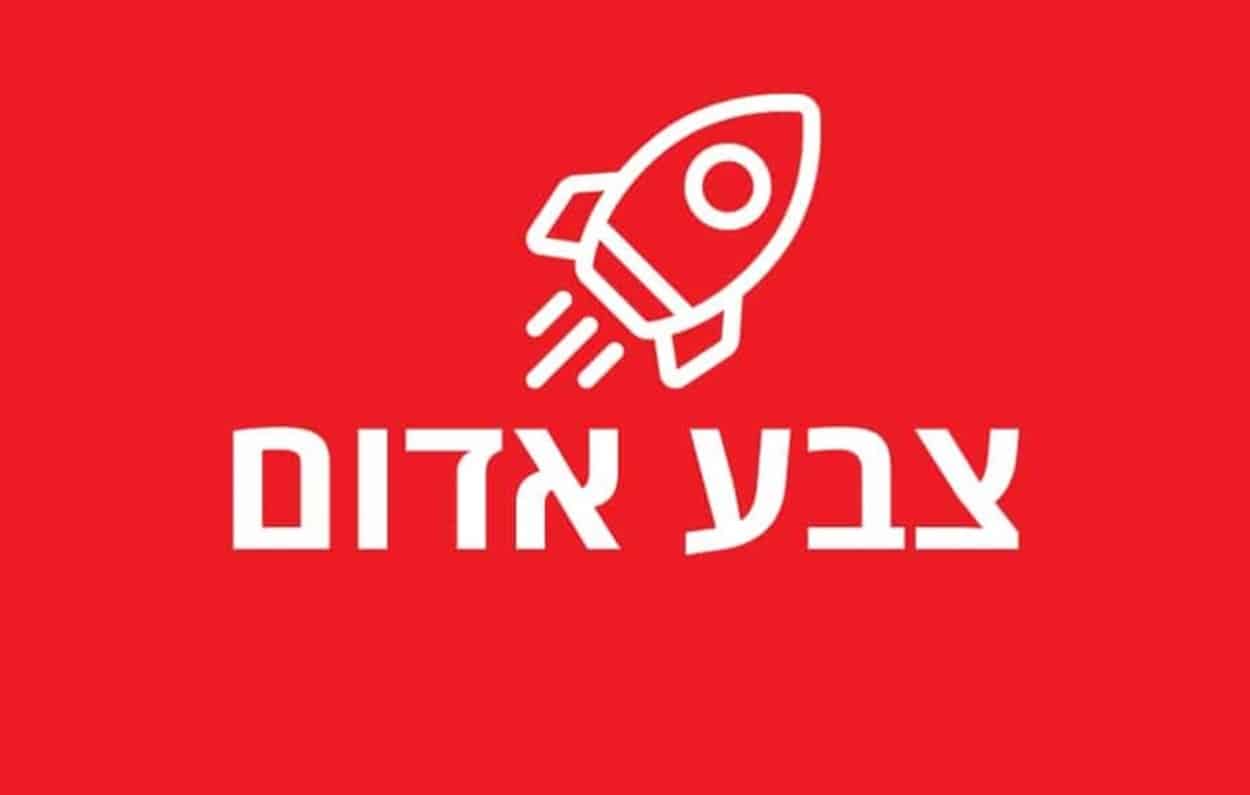About 15 minutes after the temporary ceasefire took effect, air raid sirens were heard in the towns bordering the Gaza Strip, including Kibbutz Kissufim and Ein HaShlosha.
Hamas Always Does This
Each time a cease fire takes effect, Hamas or the Islamic Jihad fire a few rockets at Israel, just to show how much they are willing to gamble lives of people on their hatred of Israel. Israel of course will not retaliate to this blatant hostility and keep the truce.
Also read: Believe Israeli Women – Israeli Women Were Brutally Raped, Murdered and Kidnapped by Palestinian Men
Hostage Deal Ceasefire
The ceasefire deal between Israel and Hamas, initiated by mediators in Qatar, commenced at 7:00, with the first batch of Israeli hostages scheduled for release later today. This four-day truce was agreed upon to facilitate the release of 50 hostages, women and children under 19 years old, taken hostage by Hamas during their October 7 raid on Israel, in exchange for 150 Palestinian women and teenagers detained by Israel for violent acts of terror, stabbings and shootings.
These hostages, part of approximately 240 taken, were to be released in batches during the ceasefire. The deal, described as “a humanitarian pause”, could extend by a day for each additional batch of 10 hostages released. Hamas will not allow the Red Cross to visit the hostages they are holding although this is part of the hostage deal with Israel. Hamas says they will “notify the Red Cross on the hostages situation and health condition” only.
Hamas Defies Hostage Deal Terms
Hamas is refusing to allow the Red Cross access to the hostages in their custody, despite this being a stipulation in the hostage agreement with Israel. Instead, Hamas has stated that they will only provide updates to the Red Cross regarding the hostages’ situation and health condition.
This move by Hamas deviates from the initial terms agreed upon in the deal, which included provisions for Red Cross visits to ensure the well-being and humane treatment of the hostages. This development raises concerns about the hostages’ conditions and the adherence to international humanitarian norms.
Hamas Has a Pattern of Disregard For Human Rights Laws
Hamas has faced criticism for its disregard of human rights laws in various aspects. One major concern is its use of rocket attacks against civilian areas in Israel, which is a violation of the principle of distinction under international humanitarian law.
Additionally, Hamas uses human shields by positioning military assets in densely populated areas, putting civilians at risk. There have also been reports of extrajudicial executions and harsh treatment of political dissidents in Gaza under Hamas rule. These actions have drawn condemnation from international human rights organizations, raising questions about Hamas’s commitment to human rights standards.
GRAPHIC WARNING October 7th Raw Video Footage
Credit: HamasVideo.com
How This All Started – October 7th Massacres
The Israel-Hamas War of 2023 began abruptly on October 7th, when Hamas orchestrated a comprehensive land, sea, and air assault on Israel from the Gaza Strip. This attack, coinciding with the Jewish holiday of Shemini Atzeret, caught many by surprise, especially as many IDF soldiers were on leave.
The assault was unprecedented in its scale, launching over 2,200 rockets in 20 minutes, breaching the border with explosives and bulldozers, and even infiltrating via motorboats and paragliders.
This devastating attack resulted in over 1,200 deaths, multiple instances of sexual violence and rape, mutilations, kidnappings of babies, women and children and various other atrocities perpetrated on Israelis by the Palestinian attackers and mobs, marking it as the deadliest day for Israel since its independence.
In response, the IDF declared a state of alert and began mobilizing its reserves, calling up more than 350,000 over the following days. By October 8th, Israel had declared itself in a state of war, the first time since the Yom Kippur War in 1973.
Air strikes were initiated in the Gaza Strip, and a total siege was imposed, cutting off essential supplies. The war saw the difficulty in targeting terrorists and their weapon caches due to Gaza’s intricate network of tunnels, complicating rescue efforts for the hostages taken by Hamas.
While the war primarily centered on the Gaza Strip, it wasn’t confined to it. IDF intensified its raids in the West Bank and conducted airstrikes for the first time since the second intifada. Skirmishes with Hezbollah near the Lebanese border raised fears of a second front.
Even the Houthi forces in Yemen attempted strikes on southern Israel, indicating a broader coordination among Iran-led resistance factions.

